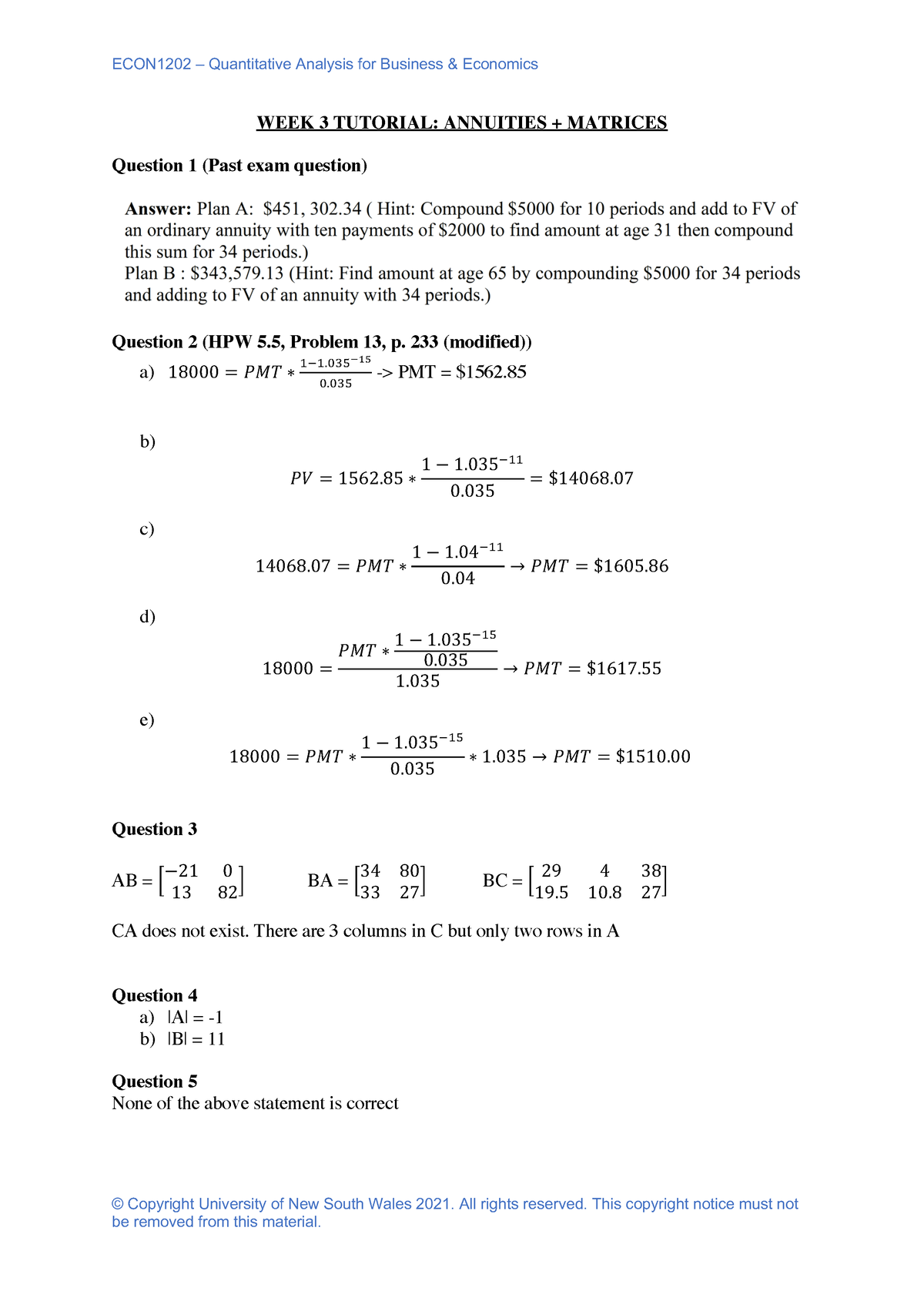
TAMs comprise almost 50% of immune cells infiltrating tumors. In the end, we highlight the current challenges in ML that need to be addressed, as well as the future directions that could be used to fully realize the potential applications in cancer therapy. Thirdly, we discuss the methods and applications at the intersection of ML and TME, especially TAMs. Secondly, we introduce the basic principles and key concepts needed to understand how ML methods could be applied and utilized in cancer research. Firstly, we briefly review the origins, types, and functions of TAMs.

This review is intended for readers with little knowledge of ML algorithms. Considering the crucial role of TAMs in TME and tumor biology, ML has been widely employed in TAMs-related studies and has achieved successful outcomes. There have been many applications of ML in medical research ranging from cancer classification, subtyping, new biomarker discovery, and drug discovery ( 2– 5). As P4 (Predictive, Preventive, Personalized, and Participatory) and precision medicine are emerging and gaining traction ( 1), ML has become integral to modern biological research for its ability to solve challenges not well addressed by traditional methods.

In the era of big data, ML methods have come to attention as their extraordinary ability to process large and heterogeneous data sets in complex biological systems. Recently, ML, DL, in particular, has exhibited a remarkable development with the support of the rapid increase in the storage capacity and processing power of computers. It uses a programmable artificial neural network (ANN) which is inspired by a biological nervous system to make accurate decisions. Deep learning (DL) is considered an evolution of machine learning. Machine Learning (ML) is a group of data-analytical methods to build predictive models by summarizing past empirical or theoretical literature.
Tams analyzer tutorial drivers#
As crucial drivers in fostering tumor progression, TAMs are standing out as promising targets for diagnosis and new treatments in malignant tumors. In the complex environment, tumor-associated macrophages (TAMs), the major immune cells infiltrating tumors, can orchestrate various aspects of tumor biology, such as tumor initiation, progression, metastasis, and even anti-tumor immunosuppression. In addition to cancer cells, numerous innate immune cells reside within the TME, for instance, macrophages, dendritic cells, neutrophils, myeloid-derived suppressor cells, etc. The tumor microenvironment (TME) is a complex system consisting of various components that would shape tumorigenesis, progression and metastasis. In this article, we described key terms and concepts of machine learning, reviewed the applications of common methods in TAMs, and highlighted the challenges and future direction for TAMs in machine learning. Furthermore, we envision that the promotion of machine learning in this field could revolutionize tumor diagnosis, treatment stratification, and survival predictions in cancer research.

With the application of machine learning in analyzing TME, especially TAM’s traceable status, we could better understand the role of TAMs in tumor biology. Machine learning algorithms are particularly suitable for oncology data analysis due to their flexibility and scalability to analyze diverse data types and strong computation power to learn underlying patterns from massive data sets. However, the high-dimensional and heterogeneous data in biology limit the extensive integrative analysis of cancer research. As tumor-associated macrophages (TAMs) are the major immune cells infiltrating in TME, a better understanding of TAMs could help us further elucidate the cellular and molecular mechanisms responsible for cancer development.


 0 kommentar(er)
0 kommentar(er)
